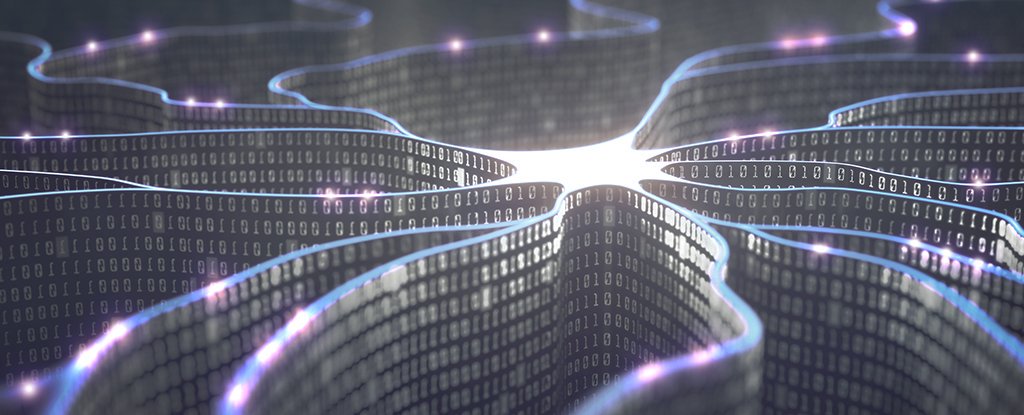Your daily selection of the latest science news!
According to ScienceAlert
The most promising artificial synapse to date.
For those working in the field of advanced artificial intelligence, getting a computer to simulate brain activity is a gargantuan task, but it may be easier to manage if the hardware is designed more like brain hardware to start with.
This emerging field is called neuromorphic computing. And now engineers at MIT may have overcome a significant hurdle – the design of a chip with artificial synapses.
For now, human brains are much more powerful than any computer – they contain around 80 billion neurons, and over 100 trillion synapses connecting them and controlling the passage of signals.
How computer chips currently work is by transmitting signals in a language called binary. Every piece of information is encoded in 1s and 0s, or on/off signals.
To get an idea of how this compares to a brain, consider this: in 2013, one of the world’s most powerful supercomputers ran a simulation of brain activity, achieving only a minuscule result.
Riken’s K Computer used 82,944 processors and a petabyte of main memory – the equivalent of around 250,000 desktop computers at the time.
It took 40 minutes to simulate one second of the activity of 1.73 billion neurons connected by 10.4 trillion synapses. That may sound like a lot, but it’s really equivalent to just one percent of the human brain.
But if a chip used synapse-like connections, the signals used by a computer could be much more varied, enabling synapse-like learning. Synapses mediate the signals transmitted through the brain, and neurons activate depending on the number and type of ions flowing across the synapse. This helps the brain recognise patterns, remember facts, and carry out tasks.
- Got any news, tips or want to contact us directly? Email esistme@gmail.com
__
This article and images were originally posted on [ScienceAlert] January 23, 2018 at 09:19PM. Credit to Author and ScienceAlert | ESIST.T>G>S Recommended Articles Of The Day

